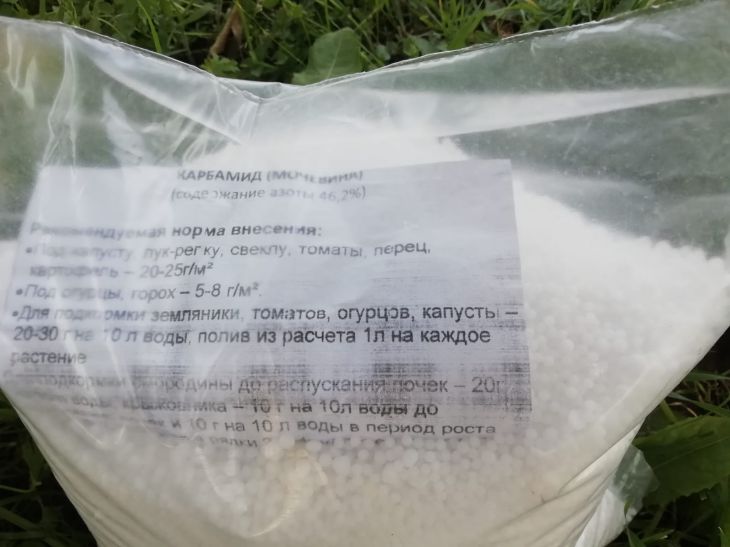Gardeners know how important it is to apply fertilizers in the fall. They will be absorbed and available for crops by spring.
But for various reasons, you may not have time to do this. In such a situation, it is recommended to apply fertilizers on the snow. Let's figure out whether this makes sense.
Anastasia Kovrizhnykh , an expert of the online publication "BelNovosti", an agronomist and landscape designer, told whether it is worth applying fertilizers on snow.
How to fertilize on snow
Firstly, this procedure is carried out in early spring. This way, the melting of the snow cover can be accelerated (in the case of ash), and the useful substances will dissolve faster with the melt water.
Secondly, not all additives can be added.

Thirdly, there is no point in carrying out the procedure if there are deep snowdrifts in the garden – the fertilizer will simply be washed away.
What can and cannot be contributed
Nitrogen fertilizers are incorporated into the soil, and they evaporate in the open air. Therefore, applying them on snow is useless.
Phosphorus and potassium fertilizers are poorly soluble. They will only melt the snow and eventually wash it away.
Compositions with chlorides are generally not recommended for application in spring. In order not to cause harm, these additives are used in autumn.
Ash, peat, compost and manure can be used, but only in tree trunk circles or grooves.
Azofoska, saltpeters and other complex fertilizers do not work at low temperatures. And there is also a risk of overdose.
Conclusion
It is obvious that fertilizing the soil on snow is a waste of time. Most of the useful substances are washed out or evaporate.
Considering the cost of many supplements, it makes sense to wait for spring warmth.









